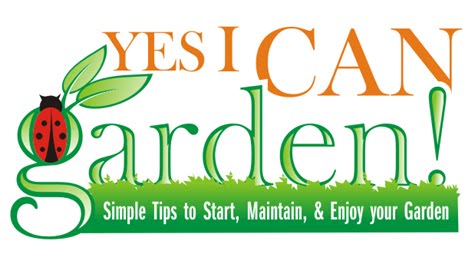
Companion Planting
Read up on companion planting, as it applies to plants that are well suited to your area; some flowers such as marigolds, for example, will ward off slugs due to chemicals they produce. Other plants thrive when planted near each other because one physically protects the other. Sometimes a taller, broad-leafed plant will provide shade for plants that grow best in shady or partially sunny conditions. As I mentioned in my last post, creating habitats nearby for birds and other beneficial insects is a great way to help control pests without using synthetic products as a first resort. Of course, there will be times when you may have a problem on your hands that requires a strong synthetic pesticide. Using techniques such as companion planting and crop rotation can help prevent the problem in the first place.
Rotating Your Crops
Replenishing nutrients in the soil leads to healthier plants. This can be accomplished by rotation planting—alternating the plants in each area of the garden in subsequent years. This is easy for most small-scale gardens and home gardens, since a large variety of vegetables and fruit bearing plants are often grown in close proximity, without elaborate stakes, protection, or support systems. Small farms and other ventures specializing in only a few plant varieties may want to look into crop rotation in more detail—planting the same crop in one area year after year can mean reduced nutrients in the soil, and more probability of recurring disease or pest infestations. For the weekend gardener or the urban gardener using containers, however, simply shifting the items in the vegetable garden every few seasons should be enough to avoid the kind of problems that sometimes occur in places where the same crop has been planted year after year.
Physically Removing Pests
Keep an eye on the garden, and check regularly for slugs, snails, aphids, and other signs of pests. Some insects can be picked off and killed; slugs can be lured to tubs filled with liquid, where they drown or can be disposed of. Other insects can simply be flushed off with water from the hose—but be careful when using spray directly from the hose instead of using a nozzle that produces a lighter spray, since you don’t want to disturb nearby soil that has been newly sown with seeds, or that has young sprouts coming up.
Protecting Your Garden Beds
Although it seems almost too obvious to mention, larger garden visitors such as deer and rabbits can be dissuaded from snacking on your carefully tended plants by setting up fencing, netting, or other physical barriers. Some of these systems will need to be set up over the crops (netting to dissuade birds, for example), while others will need to be staked or set into the ground so that animals cannot dig their way in.

No comments:
Post a Comment